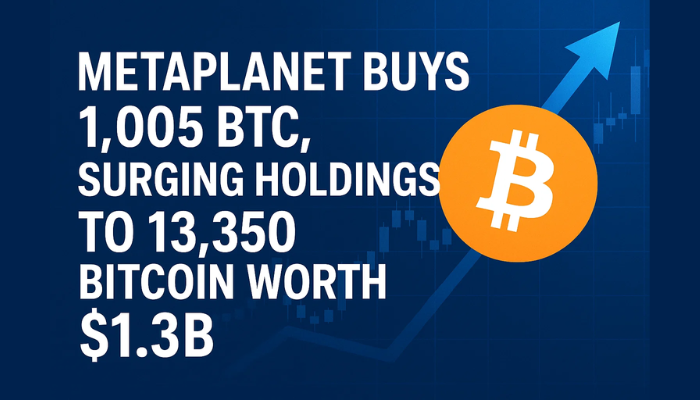Forex Signal Brief August 5: ISM Services Expected to Jump in July
Today the US ISM Services indicator is expected to show an expansion for July, after the dip in contraction during June.

Last week we had three major central banks holding their monthly meetings, with the Bank of Japan delivering a 15 bps rate hike, which wasn’t too unexpected but it helped the Yen further, on top of the negative risk sentiment, which came mainly from lower Q2 earnings of major multinationals. That turned the stock markets bearish.
The Bank of England delivered a 25 basis points rate hike on the other hand, which sent the GBP lower initially. However, GBP/USD ended the week little changed, after a dive in the USD late in the week, after a series of dovish events for the Buck. The FED did leave interest rates unchanged, but Powell signaled a rate cut in September and left the door open for more cuts in the following months.
However, markets are anticipating a 50 bps rate cut by the FED on September, after the miss in the Unemployment Claims and the Non-Farm payrolls reports last week, which were quite soft. The unemployment rate also jumped by 2 points, so the USD is starting this week on the wrong foot.
Today’s Market Expectations
Today started with the BOJ minutes form the last meeting when they raised rates. Some members noted that rising import prices due to the recent yen depreciation pose an upside risk to inflation. One member highlighted that cost-push inflation could heighten underlying inflation if it leads to higher inflation expectations and wage increases. Another member observed that the pass-through of higher labor costs is accelerating, which could soon reflect in consumer inflation. There was a suggestion that the BOJ might need to consider adjusting the degree of monetary easing as inflation could overshoot due to renewed cost-push pressures. One member stated that the BOJ must raise rates at the appropriate timing without delay, but another argued that a rate hike should only occur after inflation shows a clear rebound and data confirms heightened inflation expectations. Members agreed that the recent weak yen is pushing up inflation, warranting vigilance in guiding monetary policy. However, one member cautioned that the BOJ’s monetary policy should not be influenced by short-term foreign exchange movements.
The US ISM Services PMI is forecasted to come out of contraction, jumping to 51.4 points, compared to 48.8 previously. This survey has been fluctuating without providing a clear signal since 2022. Conversely, the S&P Global US Services PMI reached its highest level in twenty-eight months. The report’s positive aspect is that average prices for goods and services have declined at a pace aligning with the Federal Reserve’s 2% target. However, increased election-related uncertainty is reportedly slowing down employment and investment, as noted by both manufacturers and service providers. The July survey indicates that rising costs for labor, shipping, and raw materials are driving input costs up. These increased costs could lead to higher selling prices if sustained or result in a squeeze on profit margins.
Last week we witnessed a lot of volatility in financial markets, with stock markets tumbling lower, together with the USD, while commodity currencies kept surging higher. Nonetheless, we had a great week, with 40 closed trading signals, 36 of which were winning forex signals, and just six losing signals
Gold Showing Signs of Topping Near Previous Record High
Last week we saw a surge in gold prices after bouncing off the 50 SMA (yellow), peaking at $2,477 on Friday before closing the day unchanged. This upward movement reflects a broader trend of investors seeking safe-haven assets amid volatile global stock markets. However, despite bouncing off the 50-day Simple Moving Average (SMA), gold struggled to extend its gains. The price has consolidated below July’s record high, forming a doji candlestick, often indicating a potential bearish reversal.
XAU/USD – Daily chart
Will We See A Bottom in USD/JPY This Week?
The Japanese Yen has appreciated significantly against other major currencies, notably the US dollar, which has lost over 15 cents in the past four weeks. Last week, the Bank of Japan raised interest rates by 15 basis points, and the BOJ minutes released last night suggest the possibility of another hike. Meanwhile, the Federal Reserve cut interest rates by 50 basis points, aligning with market expectations. These contrasting monetary policies have caused the JPY to close at its lowest point on Friday. Additionally, the decline in US Treasury yields and the stock market are contributing to the USD/JPY exchange rate drop. On the monthly chart, the 20 SMA (gray) is providing support at 146, marking the approach of a significant swing area for this pair.
USD/JPY – Daily Chart
Cryptocurrency Update
The 20 Weekly SMA Turns Into Resistance for Bitcoin
Bitcoin surged above $70k in March, putting new record high, but has been struggling to make new highs since then. The highs have been getting lower and last month the 20 SMA (gray) turned from support into resistance for BTC. The price formed a morning star candlestick on the weekly chart which is a bearish reversing signal and last week we saw a $10K dive. However the price has stalled above June’s low above $57,000.
BTC/USD – Daily chart
Sellers Facing the 50 Weekly SMA in Ethereum
Ethereum has also been making lower highs as shown n the weekly chart, despite the creation of an ETH ETF. The price of Ethereum dropped below $3,000 again this month after dipping below it in June. The 20 SMA has also turned into resistance here, rejecting the price last week. However, the decline has stopped right at the 50 SMA (yellow), so sellers have some work to do if they want to continue the downside.
ETH/USD – Daily chart
- Check out our free forex signals
- Follow the top economic events on FX Leaders economic calendar
- Trade better, discover more Forex Trading Strategies
- Open a FREE Trading Account


